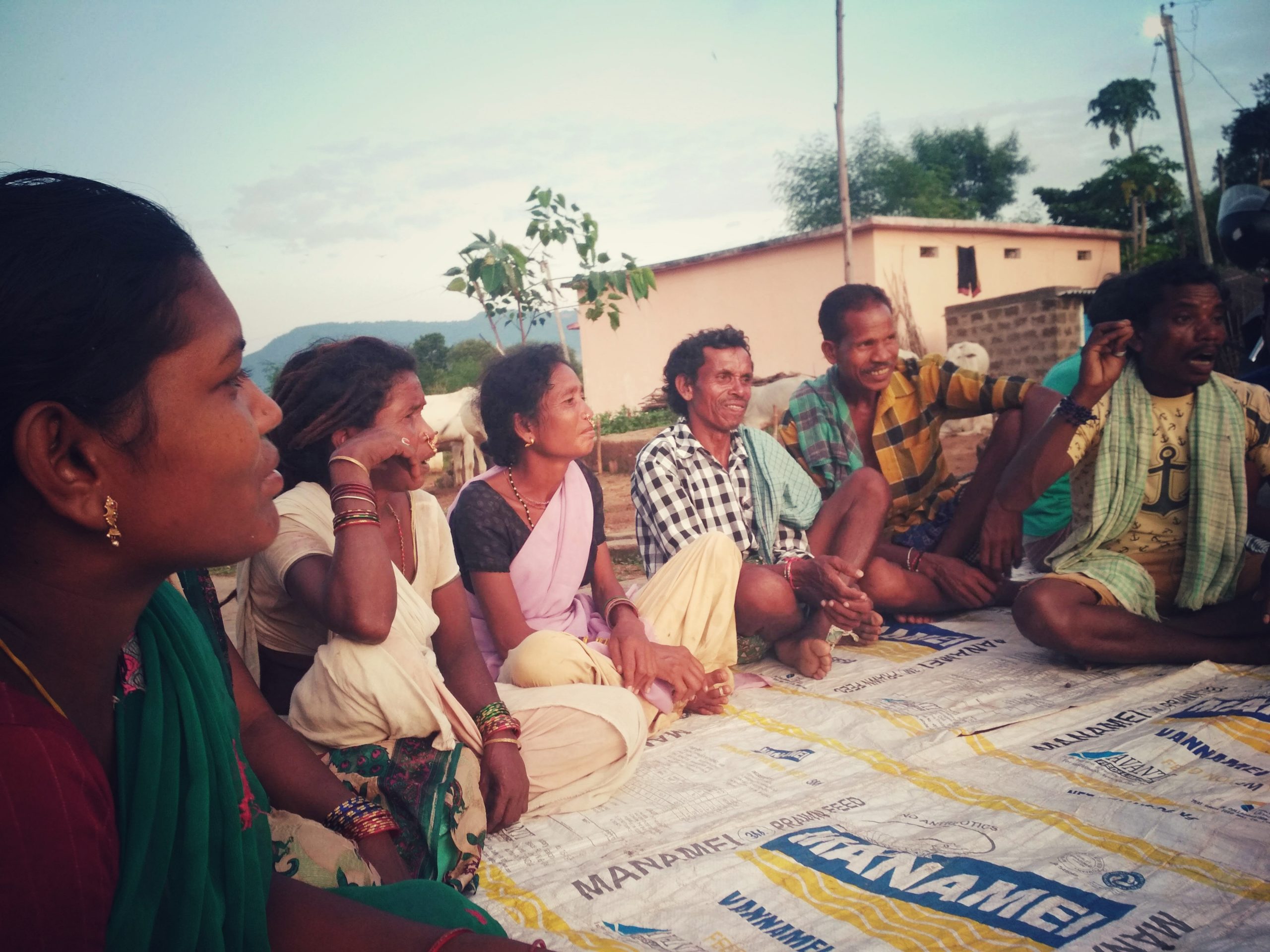The need to prioritise agroecology as the way forward for farming has a strong consensus from various quarters now. Whether we are talking about tackling climate change, addressing malnutrition of all kinds, improving farm profitability, or providing safe food for all citizens, agroecology can address all of these at the same time. Conventional chemical or transgenic agriculture paradigms on the other hand have no solutions to the above challenges, and are certainly part of, or responsible for the problem.
Agroecology is an integrated approach that applies ecological and social concepts to the design and management of food and agricultural systems.
Agroecology has some common principles and basic approaches that rely on nature’s wonderful and complex processes and products. This is regardless of what a particular school of agroecology—organic farming, bio-dynamic farming, permaculture, natural farming, Subhash Palekar Natural Farming (SPNF), Zero Budget Natural Farming (ZBNF), NatuEco farming, adivasi traditional farming—might propagate in terms of practices and techniques to be adopted at the farm level.
However, there has been a raging debate around ZBNF, starting from the time that the Andhra Pradesh government announced that it would use this approach to scale up agroecological agriculture in the state.
This debate became louder when the Government of India announced its support to ZBNF through the Finance Minister’s Union Budget speech and recently, in the UNCCD Conference when the Prime Minister himself made a mention of ZBNF. Plus, certain sweeping, preposterous, and invalid statements made by Subhash Palekar on some matters did not help; now it is agroecology proponents and organic farming activists that are attacking ZBNF, not just the pesticides/fertilisers industry or conventional-intensive-agriculture-supporters like National Academy of Agricultural Sciences (NAAS).
I make a clear distinction between SPNF and ZBNF as is being scaled up in Andhra Pradesh, in explaining why I support the government’s move to promote ZBNF. I would also like readers to know that I am basing my statements on recent visits to at least ten villages of the Andhra Pradesh ZBNF programme in Anantapur, Cuddapah, and Vizianagaram districts, and detailed interactions with around 90 farmers and programme functionaries in all.
Let’s not confuse ZBNF with SPNF
Subhash Palekar is a man on a mission to show a self-reliant and sustainable path of farming to farmers and get them to adopt it. The fact that farmers throng into his training camps is a reflection of his popularity. His package of practices has made farmers feel confident about trying out agroecology.
For his followers, he is a guru to be revered unquestioningly. He is also someone who encourages this culture. For many agroecology proponents, he is a mixed bag. On the one hand he is passionately committed to what he is preaching, tireless in his mission, and able to motivate farmers to change their paradigm of farming and lend them conviction to be self-reliant. On the other, he is also egotistic, closed to conversations, and unable to appreciate a diversity of agroecological schools. Palekar’s inclusion of GM seeds into SPNF is not acceptable to these agroecology advocates.
Related article: IDR Interviews | Vandana Shiva
For organic farming proponents however, Palekar has become an anathema with an antagonism that he himself has triggered, by rash generalised statements on organic farming, and his unscientific arguments on a few things, to name a few reasons. What is unacceptable for this set of people too is that Subhash Palekar thinks that genetic modification of seeds could be a part of ‘natural farming’ and that SPNF from farm-saved genetically modified (GM) seeds would take away the unpredictability and harmful effects of the seed.
The most predictable criticism however is from the agriculture science establishment and the agri-inputs industry.
The most predictable criticism however is from the agriculture science establishment and the agri-inputs industry. The National Academy of Agricultural Sciences has recently written to the Prime Minister, for instance, opposing ZBNF on food security grounds, and questioning its science. These entities’ opposition to ZBNF is because of vested interests in a farming approach based on external inputs, or a deep-schooling in an intensive, external-input paradigm, or a questionable belief in Malthusian, yield-centric approach to farming.
Why ZBNF is important for our farmers and our country
Andhra Pradesh Zero Budget Natural Farming (AP ZBNF) is distinct from SPNF, though it drew from SPNF given its cost-effectiveness, scalability, ability to trigger change, and farmer-friendly options like beejamrit, jeevamrit, neemastra etc.
AP ZBNF focuses on various easy-to-adopt practices and techniques that shun agrochemicals and transgenics, rely on diversity, and reduce water usage. It encourages farmers not to incur out-of-pocket expenses for inputs supplied by industries driven by purely for-profit motives. And it is reviving traditional seed diversity.
Related article: How to make Direct Benefit Transfers work for the people
In terms of marketing surplus food grains, the programme encourages farmers to look at local markets to ensure better nutrition for their communities, before they go looking for premium markets.
With significant reduction in costs, improvement in productivity and realisation of better prices, this paradigm improves farm livelihoods.
On the ground, ZBNF farmers use a combination of practices drawn from traditional, organic, SPNF and other schools of agroecology.
On the ground, in the APZBNF programme, I came across only one young educated farmer who is practising only SPNF (as promoted by Subhash Palekar). All others use a combination of practices drawn from traditional, organic, SPNF and other schools of agroecology.
The positive results on the ground should be understood in this context of farmers adopting a multitude of practices. APZBNF also announced that it shuns GM seeds and has initiated a sub-project of reviving diverse, locally suitable varieties of seeds in the control of farmers. Additionally, some initiatives have been started to slowly replace Bt cotton.
A farmer-driven learning architecture–managed by women’s collectives–is a unique feature of APZBNF
The most important part of the APZBNF programme (which is the SPNF++ component) is the institutional framework that facilitates better extension (technical advice to farmers), and enhances the programme’s sustainability.

SHGs and FPOs are key, ground-level institutions that are being leveraged for motivation, monitoring, and accountability. | Picture courtesy – Kavitha Kuruganti
Women’s self-help groups (SHGs) and Farmer Producer Organisations (FPOs) are key, ground-level institutions that are being leveraged for motivation, monitoring, and accountability. Farmer-to-farmer extension happens through community level functionaries called CRPs (Community Resource Persons). They help farmers enrol into the ZBNF programme, adopt the right practices at the right time by providing information and knowledge, conduct farmer field schools, and assess the outcomes in a participatory fashion.
On the ground, there is a positive response from farmers
In my village visits, I came across an overwhelming number of farmers who are reporting greater profitability from the ZBNF programme. Even the ones who reported yield declines have saved more on out-of-pocket expenses than the value of the production decline. They have generated savings of INR 3,000 to 15,000 depending on existing external-input dependency. More importantly, not everyone has experienced declines, and many are reporting yield improvements to a tune of 10 to 30 percent. The programme’s crop cutting experiments are also showing yield increases in a similar range.
However, like all projects, there is certainly scope for improvement. For instance, there could be issues related to accurate data with regards to the number of farmers who are active participants in the programme. Similarly, there is a need for careful documentation of adopted practices and consequent outcomes.
Instead of getting caught up in vexatious debates, it would be useful if critics study and learn from the APZBNF programme on the ground.
Instead of getting caught up in vexatious debates, it would be useful if the agriculture science establishment as well as other critics study and learn from the APZBNF programme on the ground, and if the Government of India models its interventions in other states along the lines being adopted by APZBNF.
There is no time to be lost in the age of climate change and with the current agrarian distress all around us.
Disclaimer: The views expressed in this article are personal.
This is part one of a two-part debate series on Zero Budget Natural Farming (ZBNF) in India. Read the rebuttal here.





